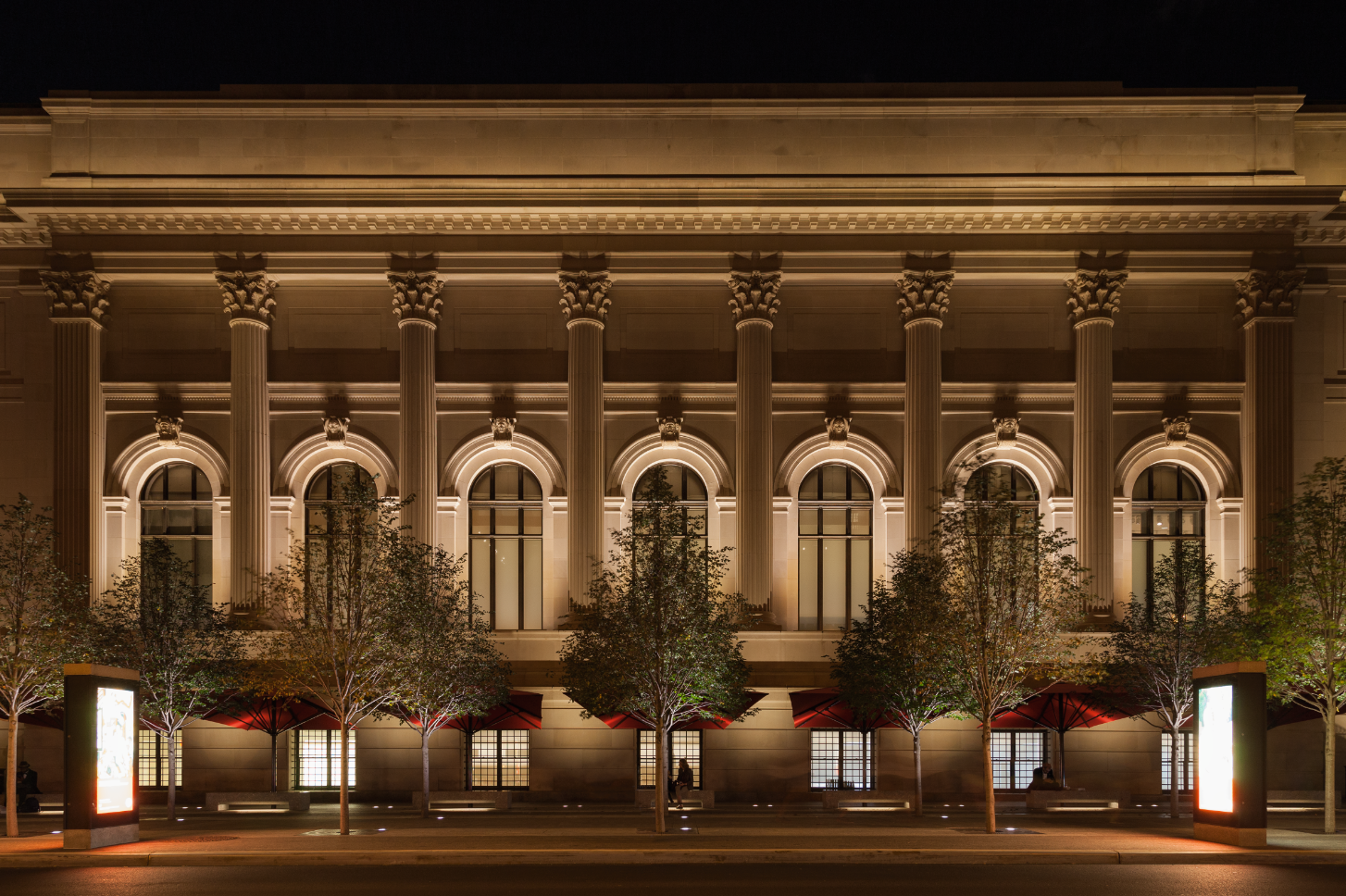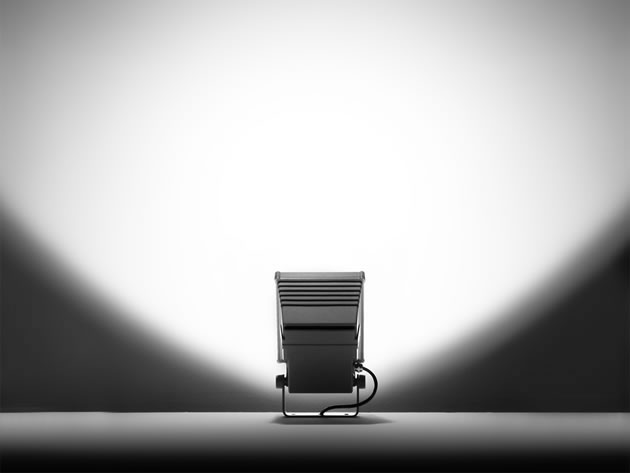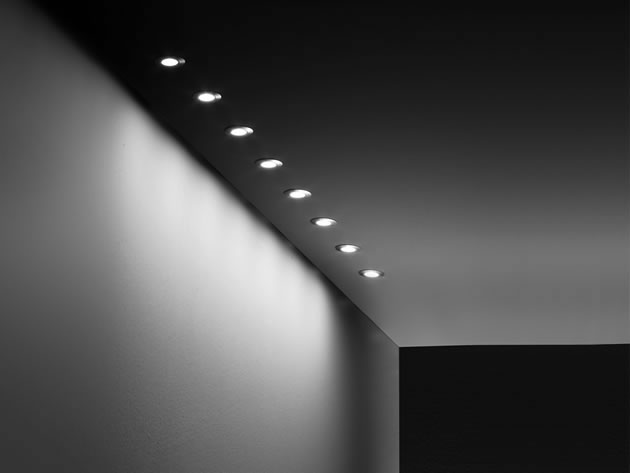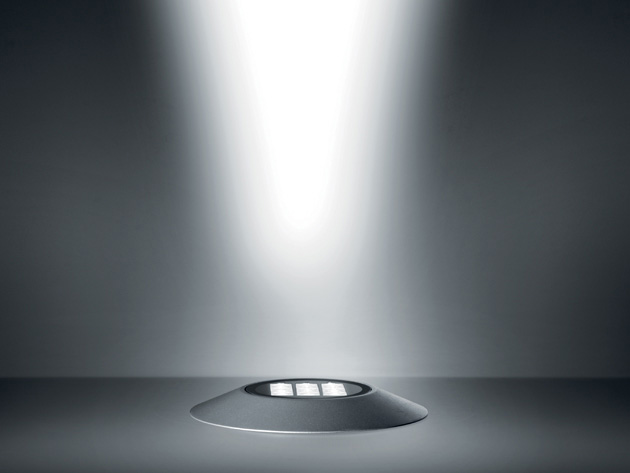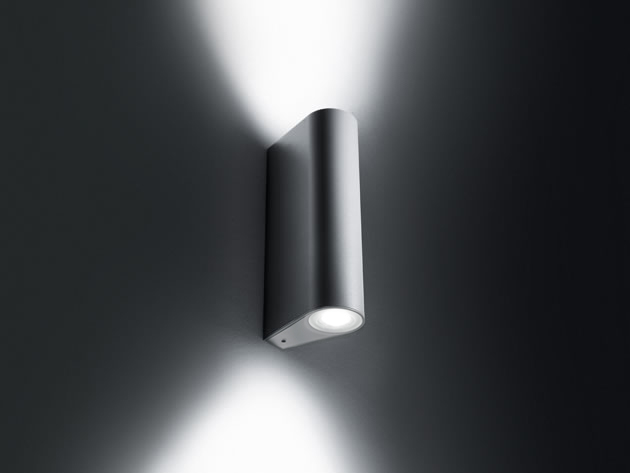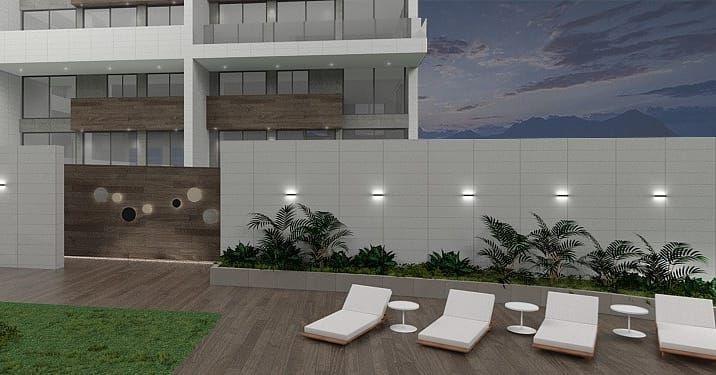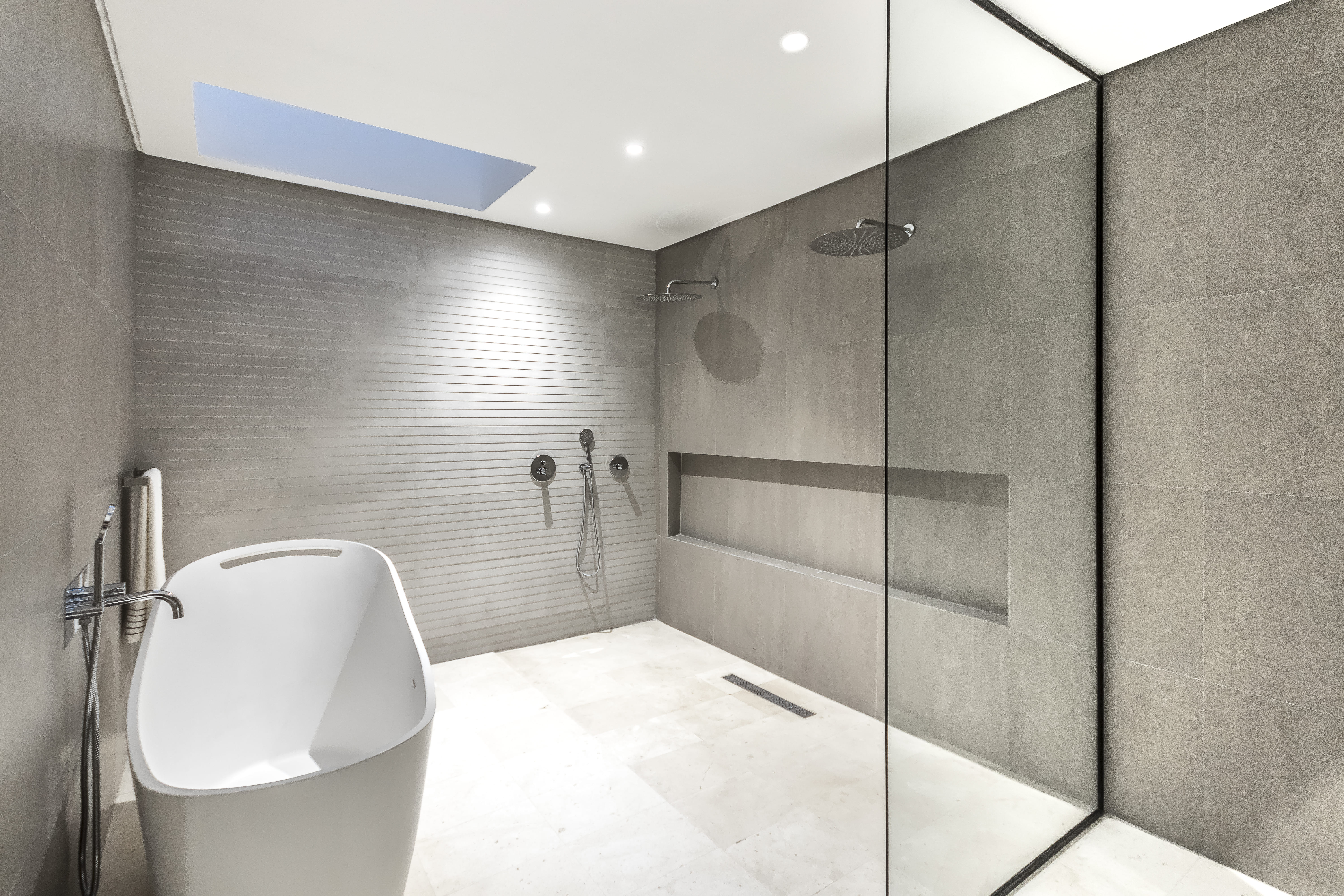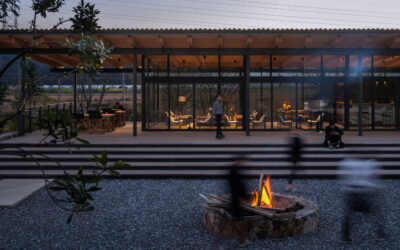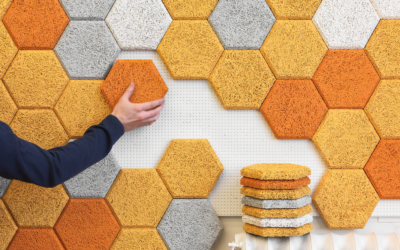NEWS
RECOMMENDATIONS FOR
LIGHTING FACADES
Lighting design encompasses an extensive array of variables which synthesize art as well as science, form as well as function; seeing as, by coordinating and integrating technical and aesthetic structures, it is possible to fulfill the requirements related to spatial orientation, visual comfort and the architectural objectives within it. In regard to exteriors, lighting can transform the way a façade, an open-air space or the vegetation can be seen and perceived. By understanding the interplay of light and darkness, architects or lighting designers can use this contrast to create intriguing spaces filled with visual character.
Facades are characterized not only by their material or design, but also the direction, color and quality of its lighting. As such, it is essential to understand how to combine practical and aesthetic criteria which vary depending on the kind of structure. In the field of lighting design, there are two independent currents which propose widely recognized and accepted criteria for proper lighting design. On one hand, numerous professionals have established that lighting strategies must guarantee a consistent visual identity for the structure as conceived in its initial design, be it in day or nighttime. On the other end of the spectrum, there are experts who would rather harness the unique characteristics of darkness to afford the façade a different disposition when compared to its daytime state. Usually, in order to achieve this second philosophy, numerous architects rely on “colored lighting” to provide a new personality to aesthetically neutral buildings through color’s inherent audaciousness.
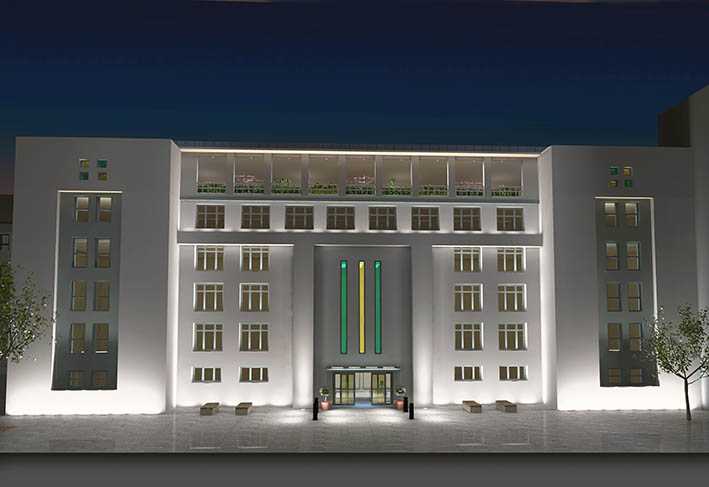
Example of a design that utilizes lighting to maintain the visual identity that was intended in its design.

Example of a design that utilizes lighting to provide the façade a different disposition during nighttime.
Even though both currents are considered valid within the community of lighting professionals, the director of Design Group Latinamerica and lighting specialist, Michele Casarin, recommends the conservation of the façade’s true character, even at nighttime, seeing as the essence of architectural lighting resides in providing the brain the ability to quickly interpret a space and properly conceive the breadth of its architecture.
Considerations for lighting design
Likewise, there must be a visual hierarchy that establishes the order of importance of each element in respect to the diurnal image of the architectural structure; taking into account how the brain would interpret each distinct element. For example, in a classroom, the featured elements within the visual hierarchy would be the chalkboard, the main desk and the exit; relegating the walls into a secondary role. This visual structure widens the perceptual capacity and clearly defines the special details which comprise the architectural identity.
When it comes to facades, the featured elements of its architecture and conceptualization must be identified. If the façade is composed by an ensemble of frames with columns that exhibit vertical elements, it is necessary to lengthen these components. If, on the other hand, a homogeneous façade is to be illuminated, texture becomes its main feature therefore its verticality and horizontality must not be highlighted, instead opting for uniform lighting that enhances texture.
Types of luminaries and their lighting distribution
Additionally, the lighting effect in facades is usually more static when compared to interiors, therefore the same effect is sought. Usually, especially in residential facades, there is no variety in scenes nor are there distinct activities as in the case of exteriors. To correctly select luminaries, it is necessary to thoroughly study the proposed design, to comply with certain important requirements such as:
- • Integrate with the existing architecture without aesthetically altering it.
- • Take into account any climactic agents
Each protection classification (IP) is established internationally through the combination of two figures, XY. The figure X indicates the protection against solid bodies, while figure Y defines the casing’s protection level against the harmful effects of humidity, aerosols or liquids.
Considering the IP protection levels during a project’s product selection process is highly important, as it establishes the suitability of a design according to the specific exterior conditions.
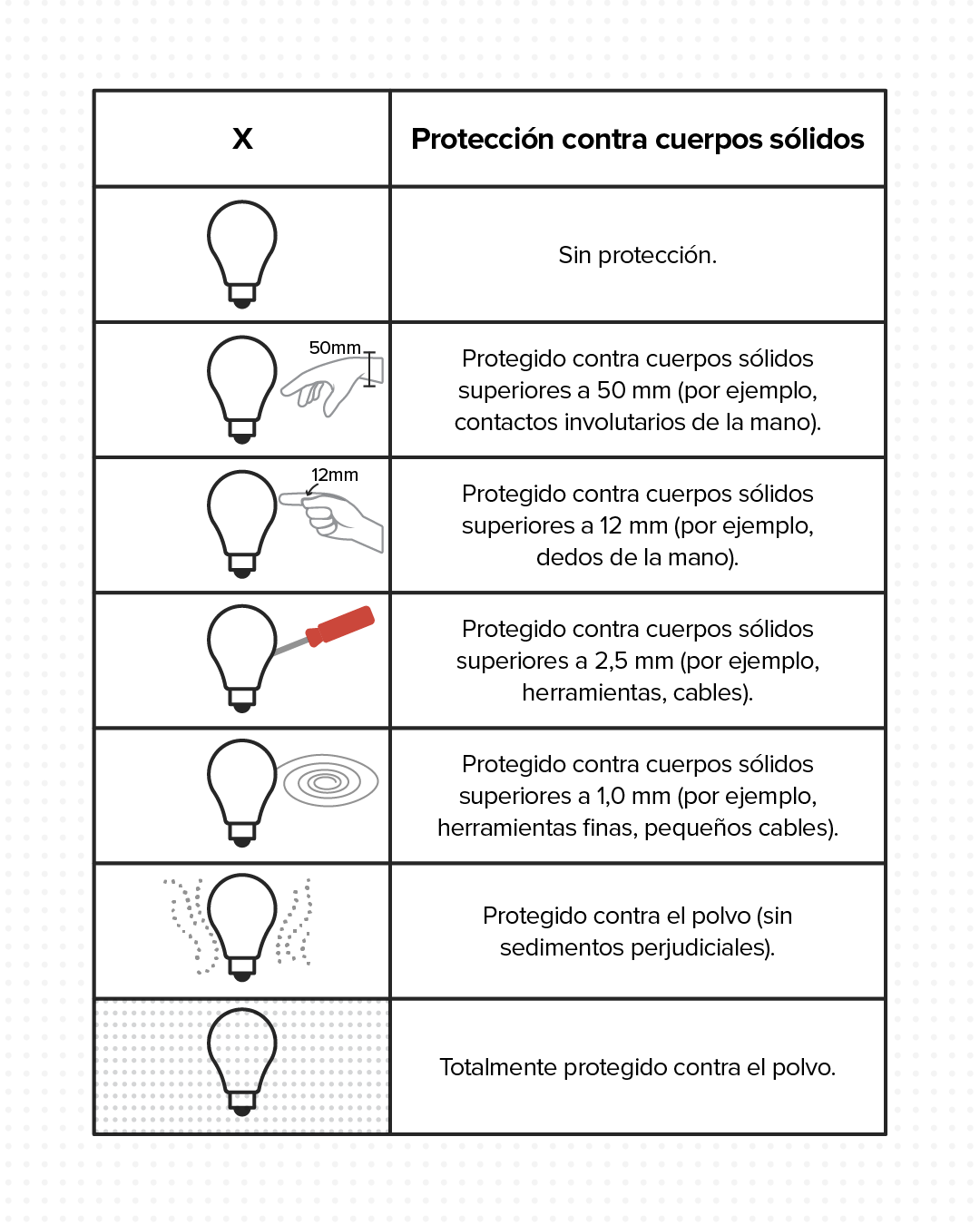
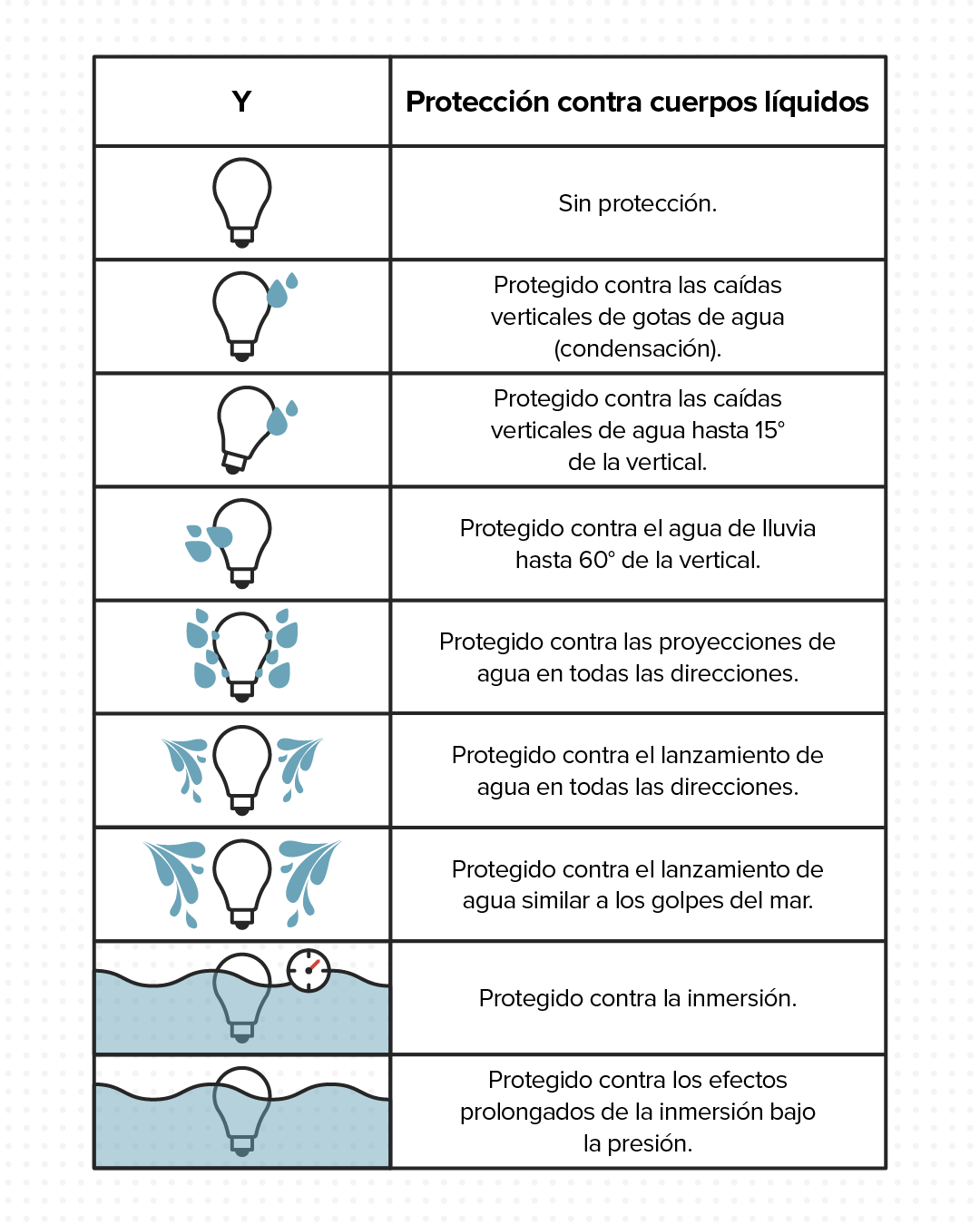
- • Evaluate the anti-theft and anti-vandalism systems.
Wall Washers
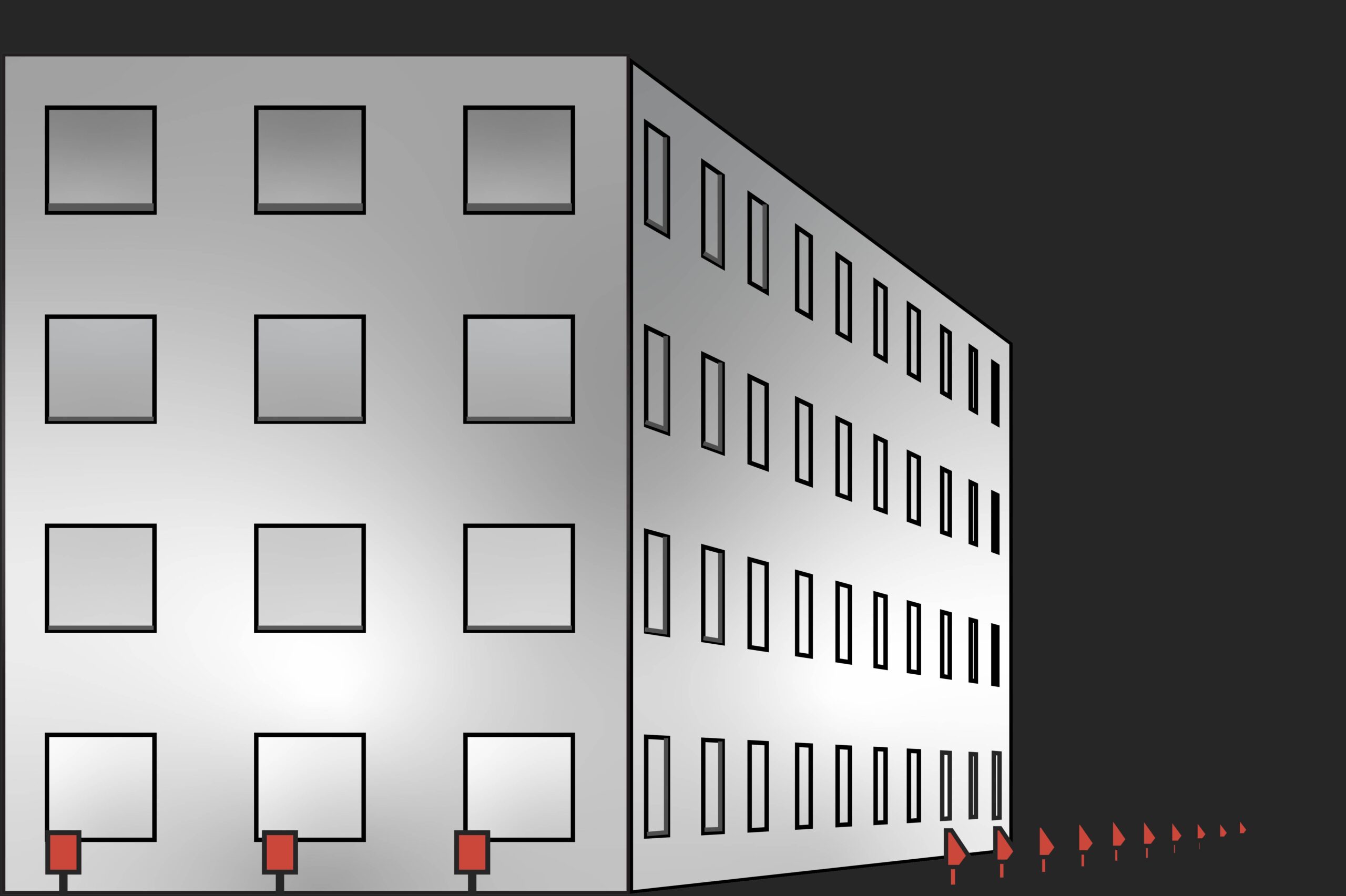
- • Wall washers are characterized by their ability to illuminate a surface uniformly, that is to say walls, roofs and floors.
- • This homogenous lighting can make facades seem flat, depending on the distance between the structure and the luminary.
- • Wall washers can also accentuate intense shadows.
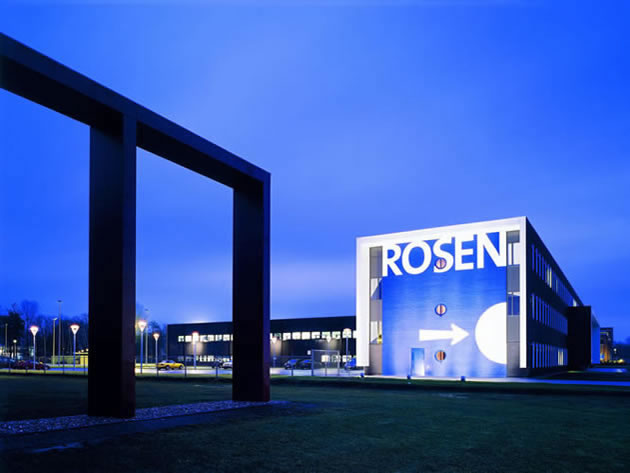
Downlights
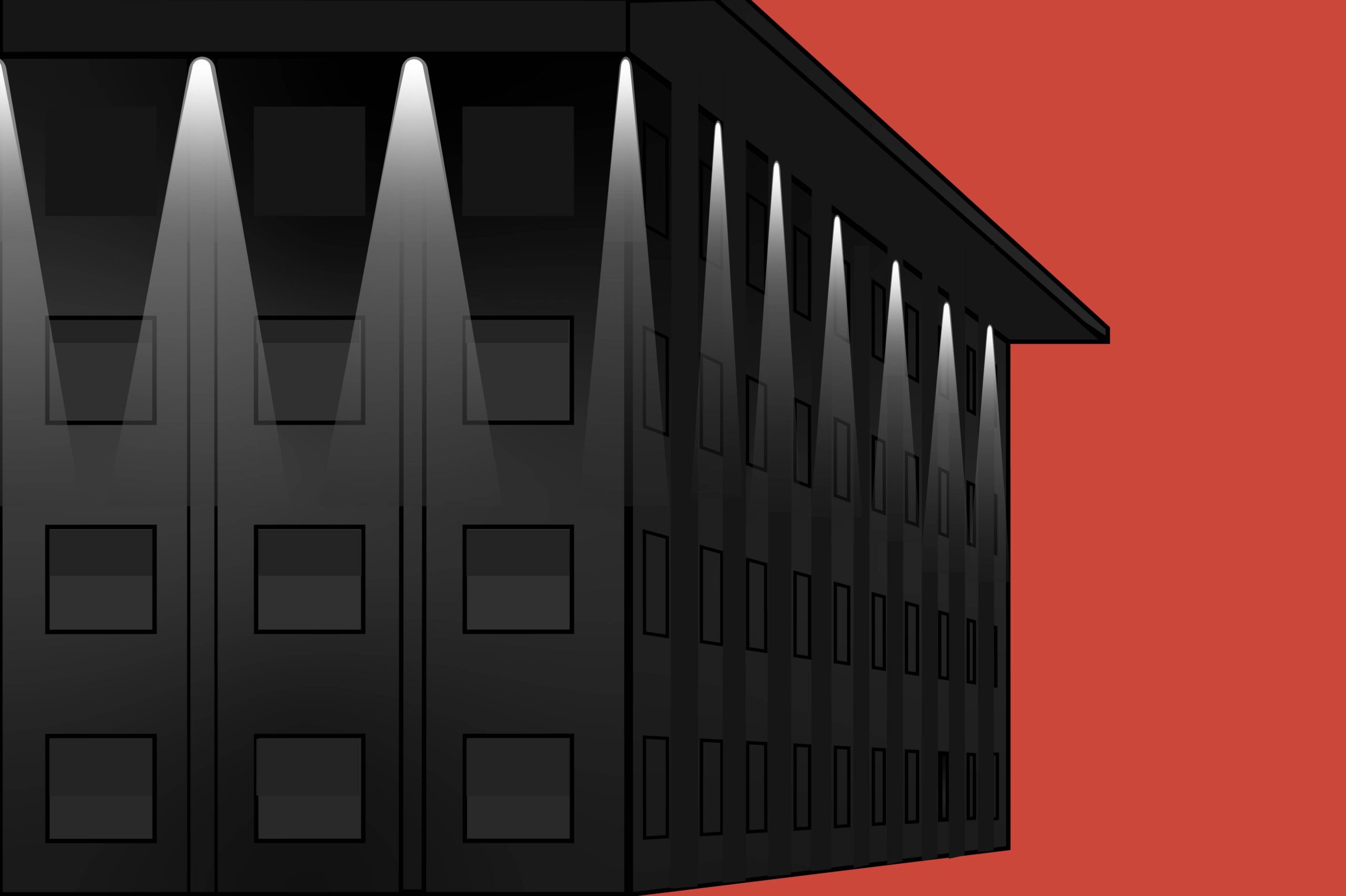
- • As the name indicates, downlights are luminaries which are placed facing downwards and are typically fixed on the roof.
- • Usually they are employed with the objective of implementing a basic, uniform and efficient lighting design. .
- • Downlights illuminate the ground’s area, accentuating the structure’s frame.
- • When employed in a building’s interior, they generate a strong contrast between the dark surface of the façade and the illuminated windows.
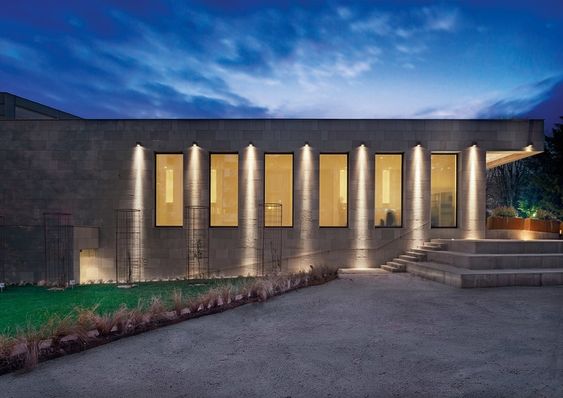
Uplights
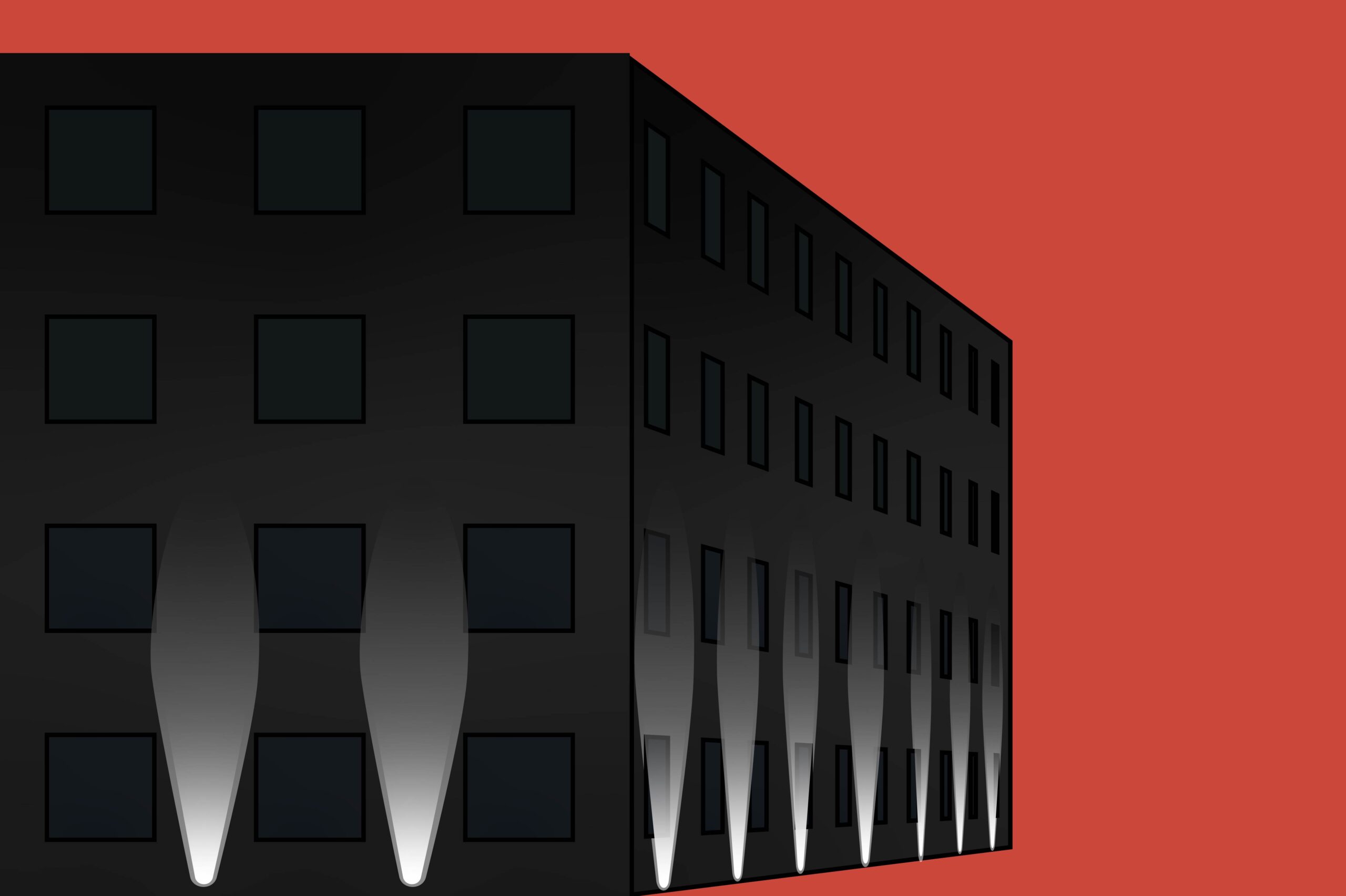
- • Uplights are upward facing luminaries with a symmetrical lighting distribution.
- • They can be employed to accentuate the aesthetic of some vertical elements such as columns, the spaces between windows, among others.
- • Also utilized to uniformly illuminate the façade to grant it a rhythmic distribution to the volume.
- • It is excellent in emphasizing the materials and textures employed in the facade.
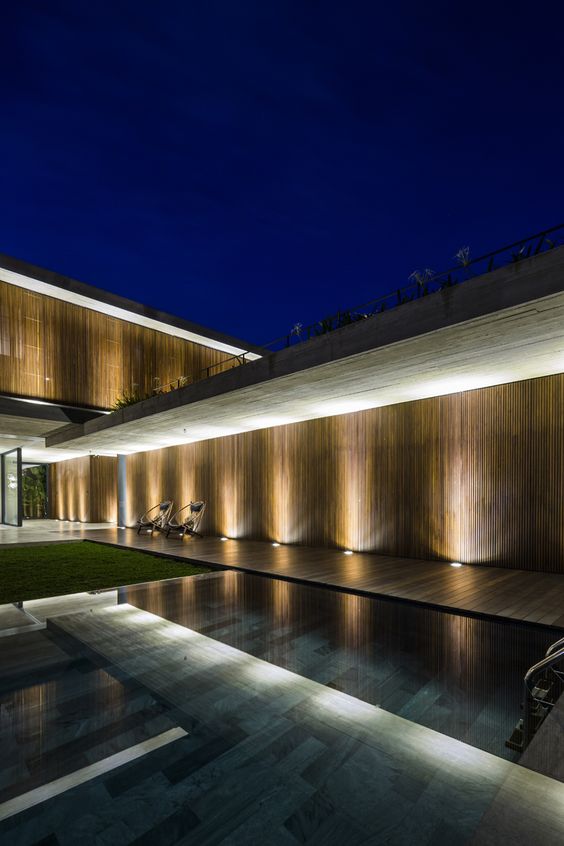
Up-downlights
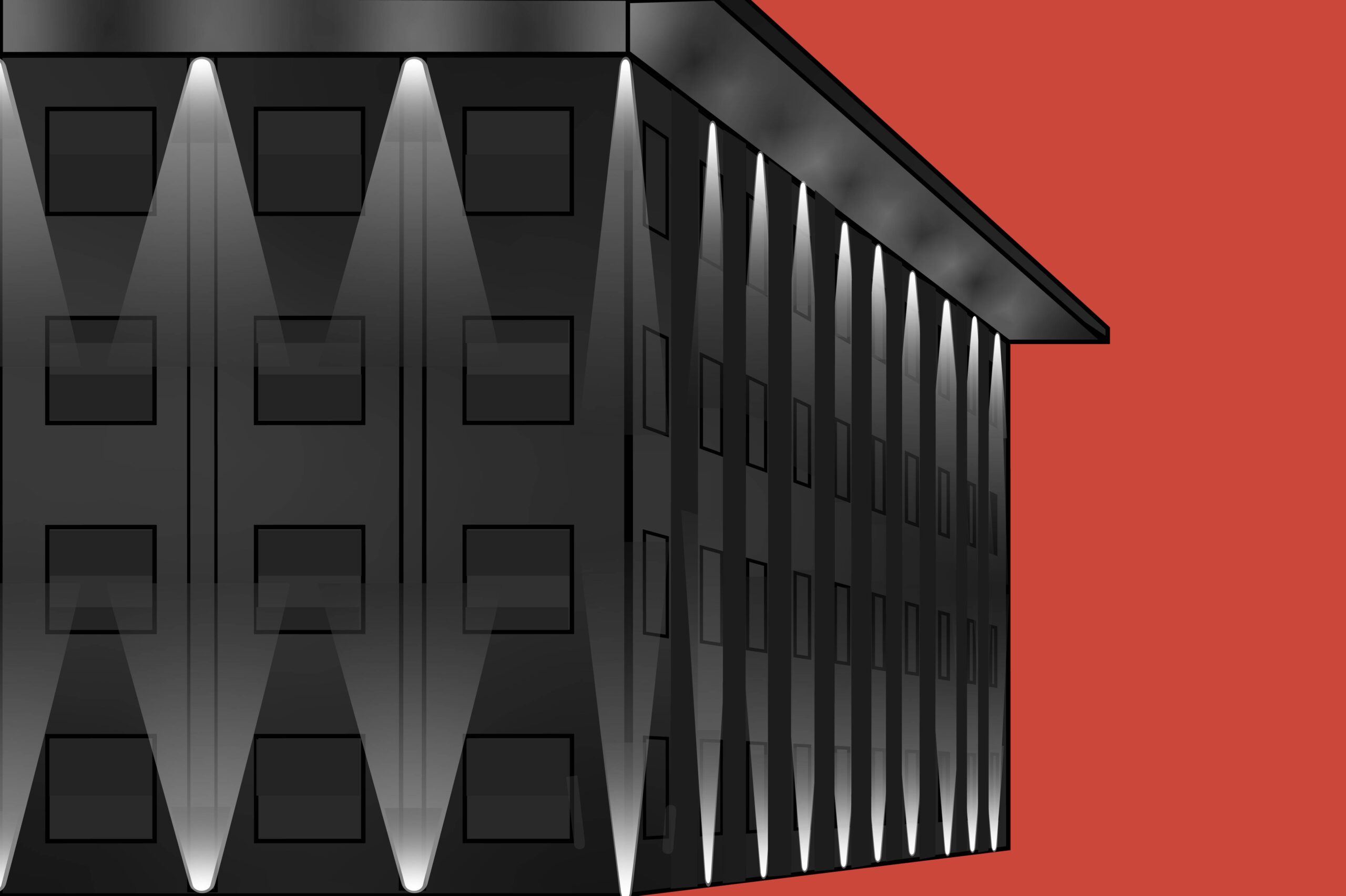
- • Up-downlights are a synthesis of uplights and downlights, providing a simultaneous lighting of ground-roof or walls, caused by light reflection.
- • Up-downlights are usually employed to accentuate the vertical distribution of a façade, seeing as the intense beams within the light cones heightens the effect of the vertical distribution and creates graphical designs.
FIND OUT
WHAT’S NEWS
OPEN SHOWERS: DELVE INTO THE APPLICATION OF THIS INNOVATIVE BATHROOM COMPONENT.
NEWS Open showers: delve into the application of this innovative bathroom component.On numerous occasions, emphasis has been placed on the drastic evolution that some key spaces in the home, such as the bathroom, have undergone; becoming an authentic sanctuary of...
INNOVATION AND ADAPTABILITY: REDEFINING THE HOTELS OF THE FUTURE
In the dynamic world of hospitality, hotels are constantly evolving to meet the expectations of modern travelers. Explore with us how advanced technology and innovative design approaches are transforming the guest experience.
4 EFFECTIVE STRATEGIES FOR IMPROVING ACOUSTICS IN THE HOME
Residential architecture aims at the constant search for improvement in the quality of life of the individual, through innovative techniques that satisfy absolutely all their needs. That said, sound plays a crucial role in this scenario of comfort; and it is imperative to address strategies that appease the noise traffic and envelop the home in a serene atmosphere.
Subscribe to our Newsletter
Receive our latest news regarding products, events and projects.
